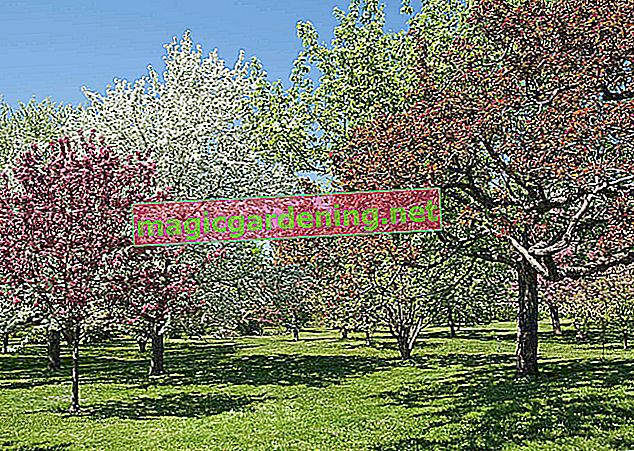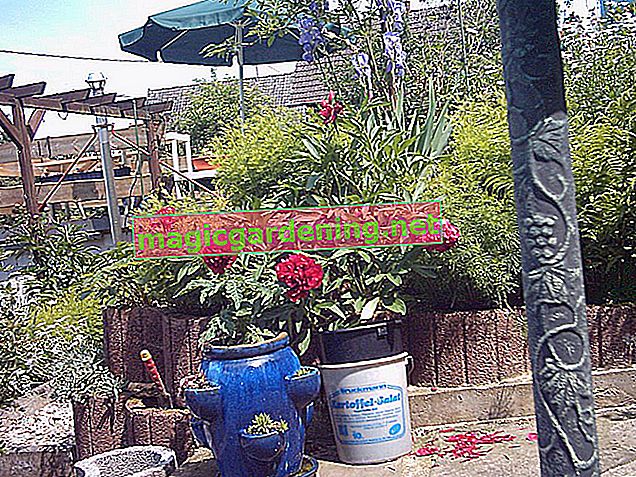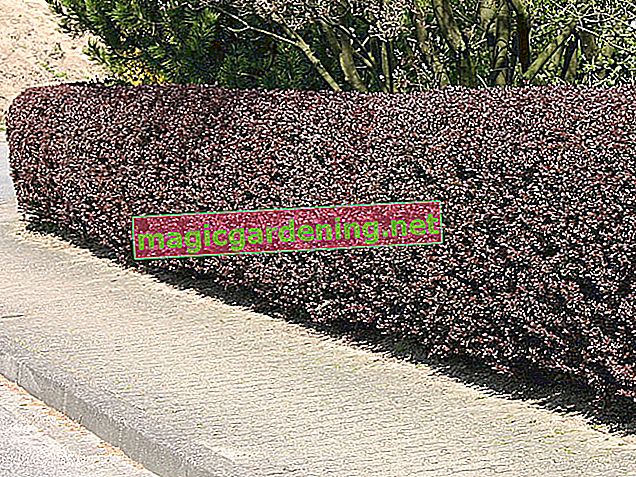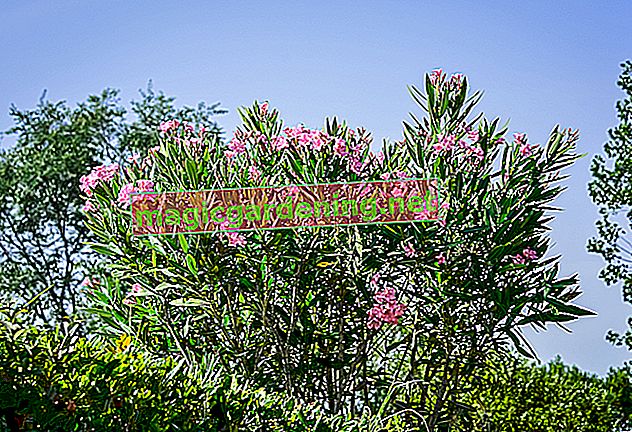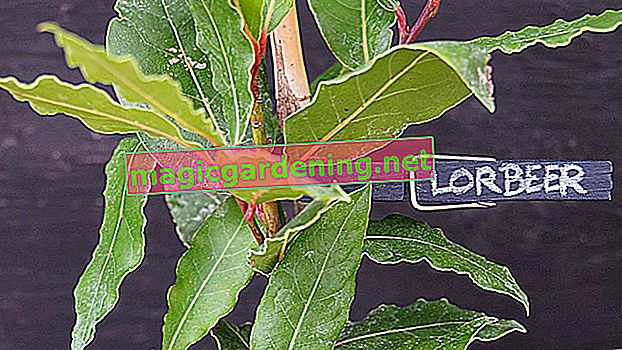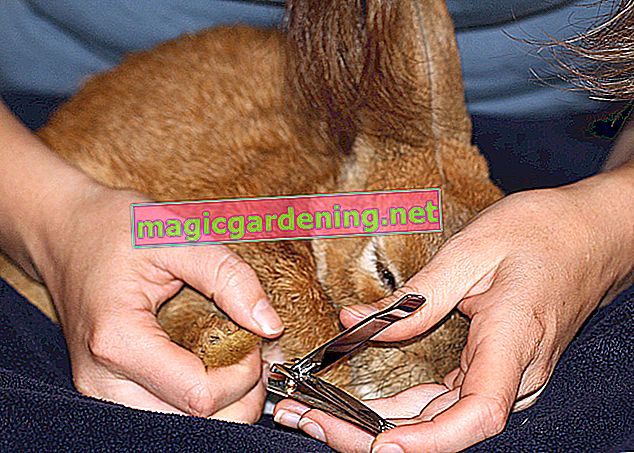
How do you water the black-eyed Susanne properly?
The plant cannot tolerate complete dryness or too much moisture. Take care of
- Well drained soil outdoors
- Pot with a large drain hole
- Loose potting soil
- Drainage if necessary
also read
- A climbing aid for the black-eyed Susanne
- The right location for the black-eyed Susanne
- Black-eyed Susanne does not bloom - what to do?
Let the surface of the earth dry and then give it water. It is better to water sparingly but more often.
Any irrigation water that collects in the saucer should be poured away immediately so that the roots are not in the water.
Does the climbing plant need fertilizer?
Black-eyed Susans need a lot of nutrients. Plant them in nutritious soil that you enrich with some horn shavings (€ 6.39 at Amazon *) and ripe compost.
During the flowering period, you should add some fertilizer at least once a month, or even better every two weeks. Organic fertilizers or liquid fertilizers for ornamental plants are suitable.
Does the black-eyed Susan have to be cut?
If you keep the climber annual, it doesn't need to be pruned. Remove the blooming flowers continuously to stimulate the flowering pleasure.
If you want to overwinter the black-eyed Susanne, cut her back to around 50 centimeters in autumn and thin her out a little.
When does the black-eyed Susanne have to be repotted in the pot?
As soon as the pot has strong roots, the climbing plant needs a new pot. It is best if you repot the black-eyed Susanne in spring before she moves to the balcony or terrace.
What diseases and pests should you watch out for?
Powdery mildew and root rot occur when the weather is too cool or too humid.
You need to regularly check the leaves for spider mites and aphids, especially during wintering.
How do you overwinter the black-eyed Susanne?
The black-eyed Susanne is not hardy. It is therefore mostly kept as an annual plant. If you have enough space, you can also overwinter them indoors.
Tips & Tricks
The black-eyed Susan is a very special climbing plant. Their tendrils are left-turning, so they wind counter-clockwise around the climbing aid.

